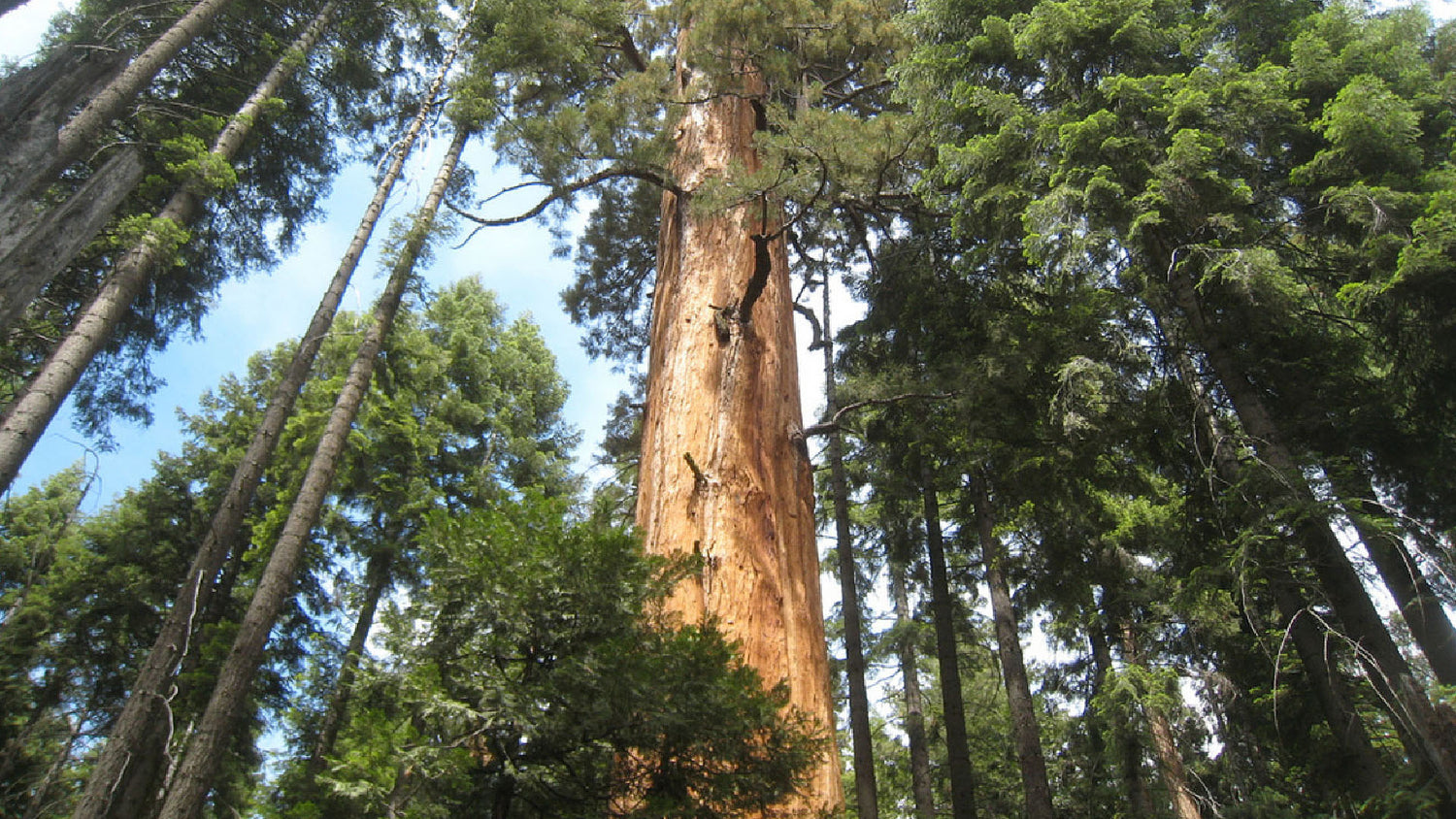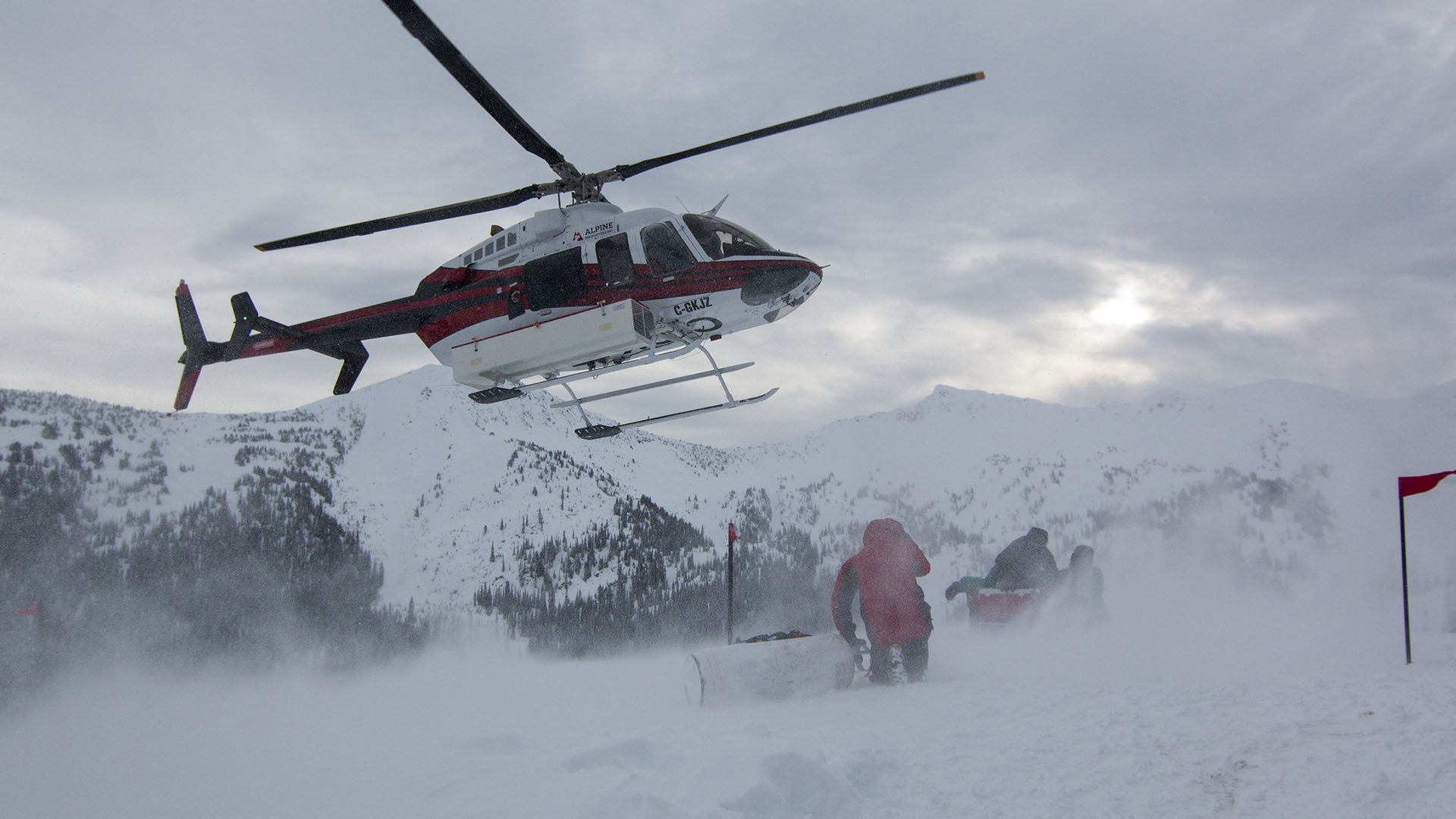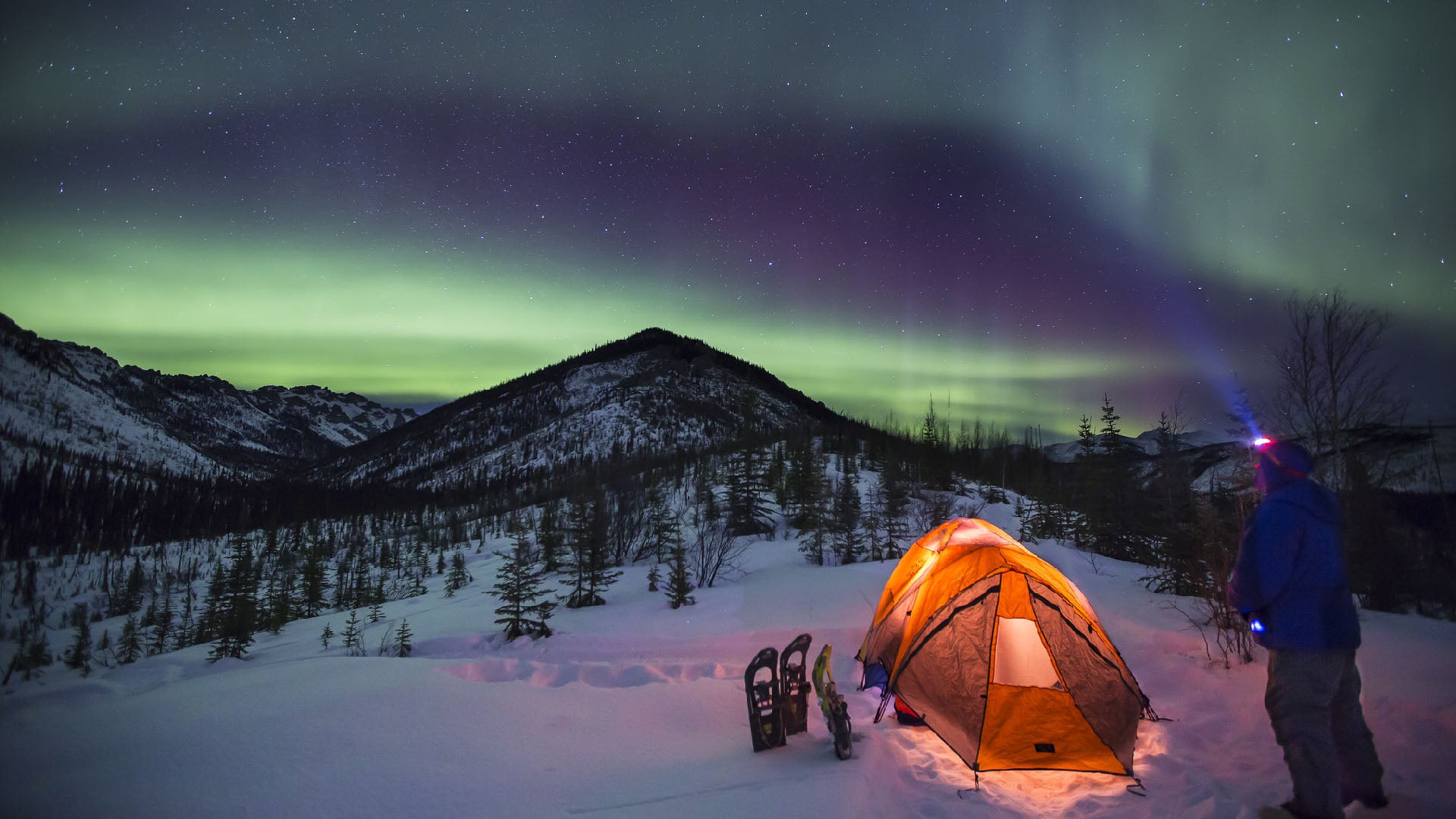Visiting Sequoia and Kings Canyon National Parks is a trip into the land of giants. The parks are home to some of the largest trees in the world (sequoias), the tallest granite dome in the Sierra (Tehipite), and one of the deepest river canyons in North America (Kings). Elevation ranges from just 500 feet above sea level to over 11,000 feet, so there are many different ecosystems within the parks.
Though technically two separate parks, Sequoia and Kings Canyon National Parks in the southern Sierra Nevada mountains of California have been jointly administered since 1943. Sequoia National Park was created in 1890 and was the first national park designated to protect a living organism (the giant sequoia trees). Five of the ten largest trees in the world are found here, in the Giant Forest.

Kings Canyon, on the other hand, didn’t really get much attention until author and naturalist John Muir visited the park in 1873, marveling at its similarity to Yosemite. U.S. Secretary of the Interior Harold Ickes advocated for the creation of a new national park, and even had photographer Ansel Adams go out to document its beauty. In 1940, exactly 50 years after Sequoia, Kings Canyon National Park was created to protect both the General Grant Grove of trees, as well as the beauty of the breathtaking glacially carved canyons in the area.
Together, the parks cover 1,353 square miles and are home to a variety of animals, ranging from black bears, mule deer, and cougars to squirrels, pikas, and many types of birds. Most people visit the park to see the giant trees, but no trip is complete without hiking at least some of the nearly 800 miles of trails. There is also rock climbing (mostly trad, but some sport) at the parks, where climbers will find rock similar to Yosemite.
Classic Adventures

Most people visit Sequoia to see the giant sequoia trees, so be sure to stop at the General Sherman Tree. At 275 feet, it’s the largest living thing on earth. The popular (and often crowded) Congress Trail is a 2.9-mile paved loop that winds its way around some of the biggest trees in the area.
After visiting the General, a great day hike is the Middle Fork Trail. This trail is great because hikers can go out as far into the backcountry as they want. A good place to stop and turn around is three miles in at Panther Creek Falls. The Marble Falls Trail is 3.9 miles and is a bit more challenging, but also with the promise of a waterfall at the turnaround point. The Tokopah Falls hike is relatively easy and starts at the Lodgepole Campground, so it’s also easy to find. The hike goes up through Tokopah Valley along the Marble Fork of the Kaweah River. At almost two miles in, the falls will overwhelm the trail and it is time to turn around.
Cedar Grove is a wonderful area to visit for the true Kings Canyon experience. It’s surrounded by massive granite cliffs, peaceful meadows, and the Kings River. Several hiking options here, most of which are moderate to strenuous, offer breathtaking views. The 1.5-mile Zumwalt Meadow Trail is the shortest and easiest way to take in views of the cliffs, meadow, and river. For more of a challenge, take the Cedar Grove Overlook trail. It’s five miles with 1,200 feet of elevation gain, requiring hikers to take switchbacks up to a forested ridge. But it’s worth the effort: This ridge has some of the best views of Kings Canyon. There is also the 13-mile roundtrip Lookout Peak hike that climbs 4,000 feet to the summit.

Other well-known trails are the Sierra High Route and the John Muir Trail, which can be done as day trips or as part of longer backpacking trips. The Sierra High Route is a difficult, 195-mile trail that runs parallel to the John Muir Trail, staying in the higher elevations (between 9,000-11,500 feet). Some call it the most difficult hike in America because only about third of the trail is marked and maintained. The John Muir Trail is just over 210 miles, with 160 miles following the Pacific Crest Trail. It starts in Yosemite and ends at the summit of Mt. Whitney, the highest peak in the lower 48 states.
Besides hiking and camping, Sequoia and Kings Canyon National Parks also boast some amazing climbing. The crags are somewhat spread out, and approaches range from a few minutes to a couple hours. The only guidebook for this area is out of print, so Mountain Project is the best place to go for information. Most of the routes are trad, and are in the easier to moderate range (5.7-5.11). There are a handful of boulder problems, but most people make the trip for the trad. Classics include Wall of Early Morning Fright (5.9, two pitches), Welcome to Little Baldy (5.10a, four pitches), Kitty from Hell (5.10d, four pitches), and Valkyrie (5.11+, 17 pitches). The best time to climb here is in the late spring and summer.
Secrets of the Park
Right in the Giant Forest is an often-overlooked trail, the Trail of the Sequoias. This challenging 5-mile loop climbs over ridges, through meadows, and past a hollowed-out sequoia cabin built in the 1860s. The trail passes many other giants before returning to the General Sherman parking lot.
While Mineral King is by no means a secret area, it’s usually more secluded than some of the others. It was added to the park in 1978 to stop Walt Disney from building a ski resort in the area. The floor of the Mineral King Valley sits at 7,500 feet, so this is a higher altitude hiking area. Taking a hike up White Chief Canyon gives visitors a glimpse back in time, to the mining history of the park. It’s about eight miles round-trip, and you can see polished marble in the stream bed.

Dillonwood is the newest area in the park, added in 2001 from a private donation. It’s home to a decent sequoia grove, and includes the King Arthur Tree, the 10-largest tree in the world by volume. Trails to the Garfield and Dillonwood groves start at the South Fork Campground.
Immerse Yourself
No visit to Sequoia and Kings Canyon National Parks is complete without paying homage to the giant trees, so that’s a must do. After that, backpacking or camping is a wonderful way to see the park, but at the very least, a day hike is in order. You'll need at least a couple days just to see both parks, and whether you explore for a weekend or a full week (or more), there will always be something new to see.
How to Get the Most Out of Your Visit

- Don't bring pets—they aren't allowed on any trails in Sequoia and Kings Canyon National Parks.
- There are 14 campsites at the park, three open year-round. You can make reservations up to 6 months in advance, and it’s first-come, first-served.
- You will need a wilderness permit for overnight backpacking. There is a limited number of permits available during the busy season, but from October to late May there's no limit.
- Parts of the rock climbing areas are closed throughout the year for peregrine falcon nesting.
- Check the NPS website for more information.
- Some of the road are closed in the winter due to weather. The best time to visit the park is in the spring or summer, depending on which area/altitudes you plan to spend your time.
- Always take precautions to protect your food and supplies from bears, especially when in the backcountry, but at campgrounds as well.
- The best times to visit are spring, summer, and fall; cross-country skiing and snowshoeing are available in some sections of the parks in the winter.
Written by Abbie Mood for RootsRated and legally licensed through the Matcha publisher network. Please direct all licensing questions to legal@getmatcha.com.






Leave a comment
All comments are moderated before being published.
This site is protected by reCAPTCHA and the Google Privacy Policy and Terms of Service apply.